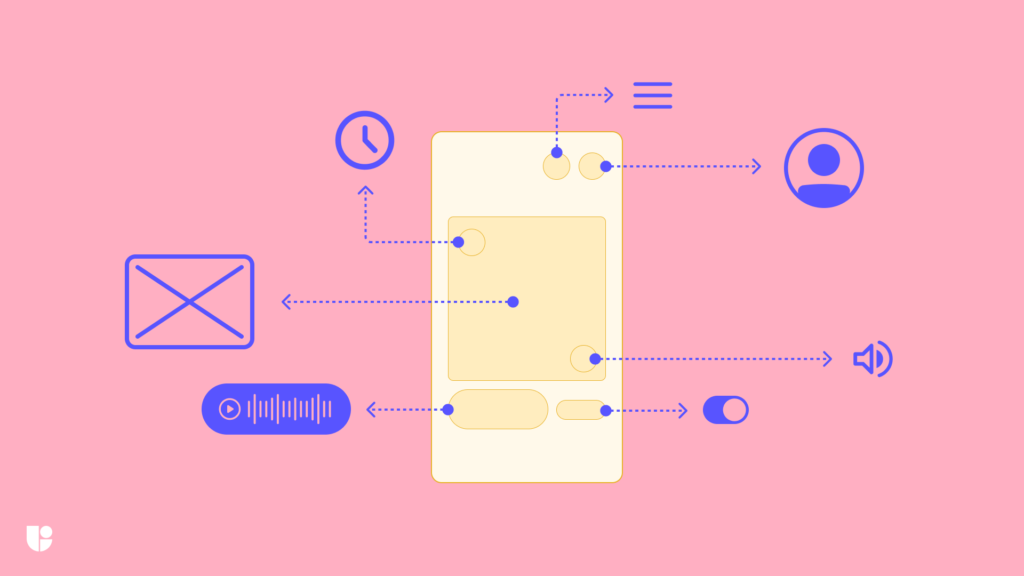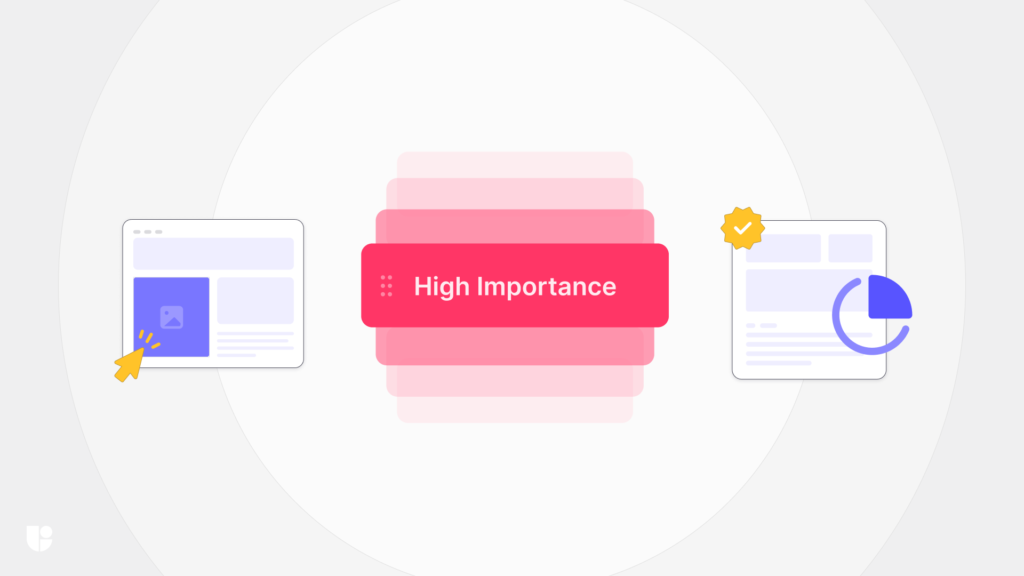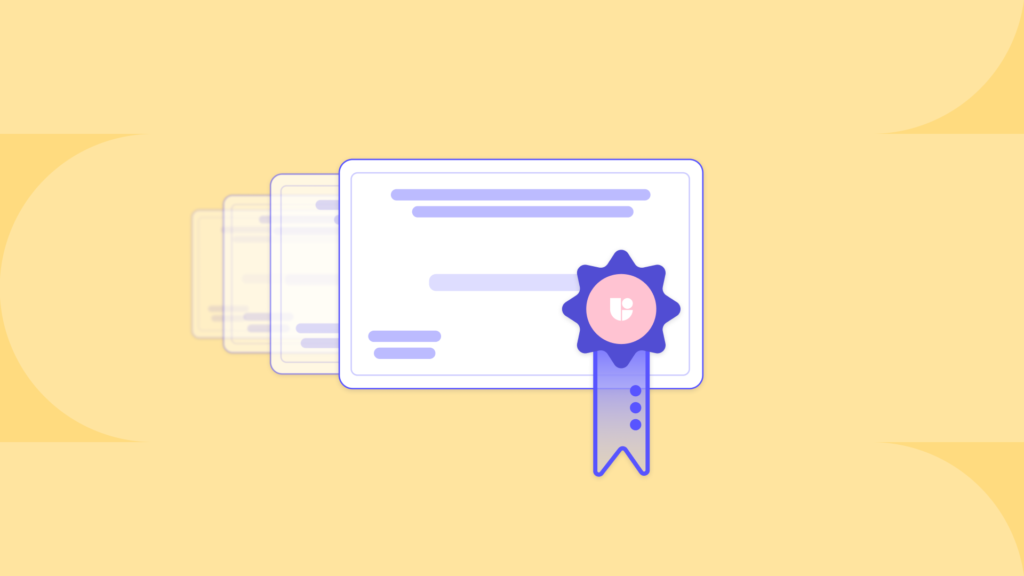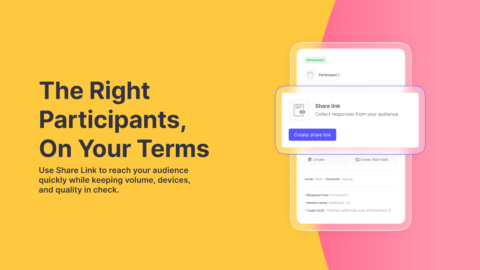As a senior UX designer, one of your responsibilities is to guide and mentor junior designers in your team. Mentoring is a critical aspect of developing and retaining talent in any organization. By mentoring junior UX designers, you not only help them grow professionally but also foster a culture of knowledge-sharing and learning within the team.
In this article, we will discuss some tips for experienced UX designers on how to effectively manage and mentor newcomers in the team. Follow these suggestions to cultivate a setting that encourages development and success.
1. Set Clear Expectations

One of the critical steps to successfully managing and mentoring UX designers that are just starting out is to set clear expectations. To start, it’s crucial to have an open and honest conversation with the junior designer about their goals and aspirations. By understanding their motivations, you can help them align their aspirations with the goals of the team and organization. This alignment will create a sense of purpose and direction for the designer, which can lead to increased motivation and job satisfaction.
Moreover, clear expectations help to define the junior designer’s role within the team. This includes the specific skills they need to develop, the tasks they need to perform, and the performance metrics they will be evaluated on. By outlining these expectations, you can help your designer understand what is expected of them, and what success looks like in their role.
Setting clear expectations from the outset can help avoid misunderstandings or miscommunications down the line. By being transparent about what is expected, you can avoid any surprises or confusion, which can lead to frustration and a lack of productivity.
2. Provide Regular Feedback

Providing regular feedback is crucial to help junior designers grow and develop their skills. As a UX design expert, you have the opportunity to provide feedback on their work and help them understand what they are doing well and where they need to improve.
Keep in mind that your feedback needs to be constructive, specific, and actionable. Avoid making generic comments like “good job” or “needs improvement” and instead provide specific examples and suggestions for improvement. For example, if you are reviewing a wireframe, you could say, “I like the layout of this page, but I think we could improve the hierarchy of information by moving this element up.”
It’s also essential to create a culture of feedback within your team. Encourage open communication and regular check-ins to discuss progress and receive feedback. By making feedback a regular part of your team’s culture, you can create an environment where everyone feels comfortable sharing their work and receiving feedback.
3. Encourage Experimentation and Innovation

Encourage your junior UX designer to experiment with new ideas and approaches to UX design. Innovation is an essential aspect, and providing opportunities to explore new ideas can help them develop their creative and problem-solving skills.
Innovation is all about taking risks and trying out new ideas, and this can be daunting for junior designers who are still learning the ropes. However, by creating a safe space where mentees can share their ideas without fear of judgment, you can help them build their confidence and encourage them to take risks.
Furthermore, experimentation and innovation are essential to stay ahead of the curve in the ever-changing world of UX design. By providing opportunities for your junior designers to explore new ideas and approaches, you can help them develop their creative and problem-solving skills, which can lead to innovative and successful design solutions.
4. Lead by Example

As a senior UX designer, you are the role model for your team, with the power to inspire and motivate your team.
Make sure that you are always learning and growing as a designer and share your knowledge and experience with the team. This can help inspire younger designers to learn new skills and develop their professional abilities.
One of the best ways to lead by example is to demonstrate a commitment to ongoing learning and growth. Make sure that you are staying up-to-date with the latest trends and best practices in UX design, and share your knowledge and experience with your team. For example, you could host a workshop or training session to teach your team new skills or techniques.
In addition to sharing your knowledge and experience, you can also lead by example by demonstrating best practices in UX design. For example, you could conduct user research by using user testing tools, such as Useberry, to gather insights into your users’ needs and preferences, create wireframes and prototypes to test and refine your design ideas and conduct usability testing to ensure that your designs are user-friendly and effective.
When younger designers see that you are committed to ongoing learning and growth and that you are passionate about creating great user experiences, they are more likely to adopt these values and practices themselves.
5. Provide Learning Opportunities

Provide learning opportunities to help junior UX designers develop their skills and grow professionally. You can advise your mentee to attend industry conferences, workshops, or other events where they can learn about the latest trends and best practices in UX design. By attending these events, they can network with other professionals in the field and gain insights into new tools, techniques, and approaches to design.
Another way is to encourage your mentee to obtain UX certifications or take online courses. There are many online courses and certification programs available that can help them develop new skills and gain recognized credentials in the field. By supporting their efforts to gain new knowledge and skills, you can help them become more valuable contributors to the team and prepare them for future career opportunities.
In addition to these formal learning opportunities, you can also create conditions for your mentee to participate in projects that challenge their skills and help them grow. For example, they can take on leadership roles in the team, participate in cross-functional teams, or collaborate with other departments to gain exposure to other areas of the organization.
6. Build a Supportive Environment

Build an encouraging environment to help junior UX designers thrive in their roles. Create a culture of open communication where they feel comfortable asking questions, seeking feedback, and sharing their ideas.
One way to create a supportive environment is to foster open communication within the team. Encourage your mentee to share their thoughts and ideas and listen actively to their feedback. By creating a safe space where they can express their opinions and concerns, you can help them feel more confident in their abilities and more engaged in their work.
Another way is to nurture collaboration within the team. Provide opportunities for team members to work together on projects, share their experiences, and learn from each other. You could organize team-building activities, such as team lunches or offsite events, to help team members socialize and build relationships outside of work. By fostering a sense of community and camaraderie within the team, you can help create a positive work environment that supports creativity and innovation.
7. Celebrate Success

To successfully lead and mentor young UX designers, success deserves to be celebrated. Recognize their achievements and provide positive feedback to encourage continuous growth and development.
Every win, no matter how great or small, deserves recognition. Praise your mentee’s efforts, whether they completed a project on time or received positive customer feedback. This can help to create a culture of positivity and appreciation that makes them feel valued.
There are numerous ways to acknowledge a job well done. You could hold a team meeting to recognize achievements and provide positive feedback, send a congratulatory email or message, or even provide small rewards or incentives for outstanding performance. Whatever approach you take, make sure that you are specific in your praise, highlighting the skills and accomplishments that led to the success.
8. Be Patient

Finally, it is important to be patient when managing and mentoring. Remember that everyone learns at their own pace, and it takes time to develop skills and gain experience.
Avoid being too critical or demanding, as this can cause stress and anxiety for the mentee. Instead, take the time to provide constructive feedback and offer resources that can help them improve. For example, if a junior designer struggles with creating wireframes, offer to provide additional guidance or suggest online resources to help them develop this skill.
Patience is especially important when working with those who are new to the field. Keep in mind that they may not be familiar with the tools and techniques that more experienced designers use every day. Be prepared to answer questions and spend the time necessary to explain concepts in a clear and simple manner.
Conclusion
As a senior UX designer, you have the opportunity to shape the next generation of designers and pave the way for future success in your organization. By effectively managing and mentoring junior UX designers, you not only help them grow professionally but also create a culture of innovation and learning within your team.
From setting clear expectations to fostering a growth mindset, there are numerous ways you can guide and support aspiring designers to achieve their full potential. By providing learning opportunities, celebrating success, and leading by example, you can inspire your team to deliver exceptional UX design that truly makes a difference.
Remember that mentoring is a two-way street; therefore, both senior and junior designers can learn from each other. By fostering a culture of knowledge sharing and learning, senior UX designers can help their team members grow and develop their skills and ultimately contribute to the success of the organization.
Uncover User Insights for Seamless UX Design
Visualize and analyze data effortlessly with our powerful reporting and visualization features. Gain actionable insights and communicate your findings effectively with stakeholders, ensuring alignment and driving informed decision-making.




